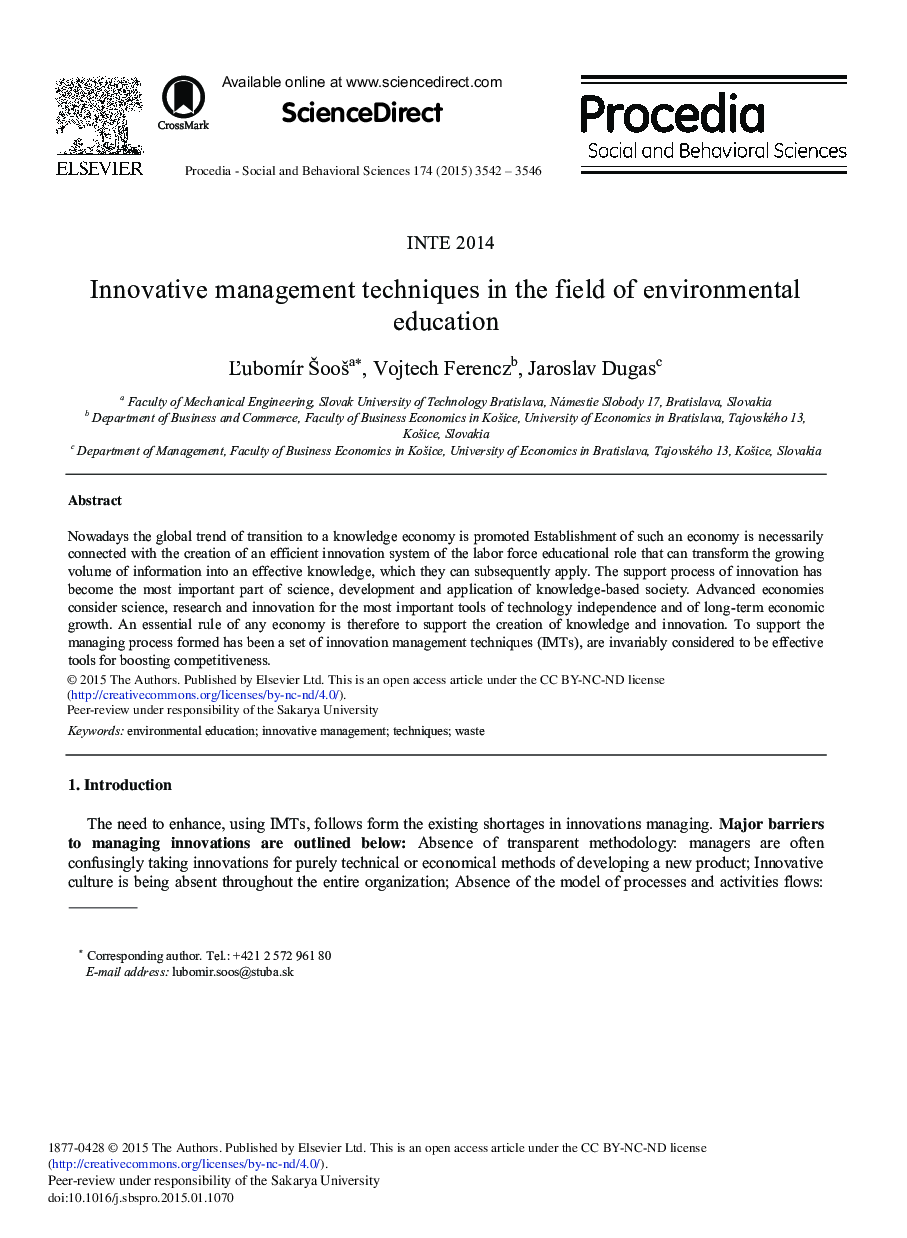| Article ID | Journal | Published Year | Pages | File Type |
|---|---|---|---|---|
| 6129543 | Clinical Microbiology and Infection | 2015 | 5 Pages |
Abstract
The emergence of colistin-resistant Acinetobacter baumannii is concerning, as colistin is often regarded as the last option for treating multidrug-resistant (MDR) A. baumannii infections. Using mRNA sequencing, we compared whole transcriptomes of colistin-susceptible and colistin-resistant A. baumannii strains, with the aim of identifying genes involved in colistin resistance. A clinical colistin-susceptible strain (06AC-179) and a colistin-resistant strain (07AC-052) were analysed in this study. In addition, a colistin-resistant mutant (06AC-179-R1) derived from 06AC-179 was also included in this study. High throughput mRNA sequencing was performed with an Illumina HiSeq TM 2000. In total, six genes were identified as associated with colistin resistance in A. baumannii. These six genes encode PmrAB two-component regulatory enzymes, PmrC (a lipid A phosphoethanolamine transferase), a glycosyltransferase, a poly-β-1,6-N-acetylglucosamine deacetylase, and a putative membrane protein. Matrix-assisted laser desorption/ionization time of flight mass spectrometry revealed that all three colistin-resistant strains used in this study had modified lipid A structure by addition of phosphoethanolamine. As genes found in our results are all associated with either lipopolysaccharide biosynthesis or electrostatic changes in the bacterial cell membrane, lipopolysaccharide modification might be one of the principal modes of acquisition of colistin resistance in some A. baumannii strains.
Related Topics
Life Sciences
Immunology and Microbiology
Microbiology
Authors
Y.K. Park, J.-Y. Lee, K.S. Ko,
